Shower enclosure inspection
How to inspect Shower enclosure before shipping ? More details please click here.
ABOUT THE PROJECT INSPECTION
Inspection standard adopted
ISO2859/MIL-STD-105E/GB2828, single sampling plan for normal inspection.
Critical - Regulatory requirement - Potential product removal from market or safety related issue - Critical non-conformity is not allowed;
Major - Potential customer dissatisfaction or product return - AQL1.5 for major non-conformity;
Minor - Minimal effect with no customer dissatisfaction or product return -AQL4.0 for minor non-conformity;
- Water retention test:
A few small drops of water on the outside of the water retaining area are acceptable. 1. A temperature not exceeding 38 °C. 2. Adjust the flow rate to (11 ±1) l/min Test A: Spray for 1 min across the width and height of all door(s)/panel(s) of the shower enclosure at 90°to their surface from a distance of 30 cm using the test shower head. Restrict the spray to the area within 30 cm below the top of the door(s)/panel(s) and 30 cm above the bottom of the door(s)/panel(s). Note the appearance of any leaks from the water retaining area
- Thermally toughened safety glass test
When tested in accordance with 5.1of EN14428, the Min. particle count shall be 40pcs in 50 x 50mm
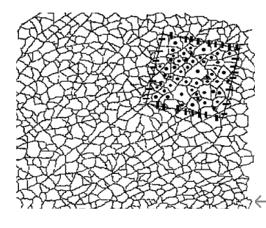
- Corrosion resistance test
All corrosion protection shall conform with the relevant requirements specified in European and International Standards. For example:
−−the Min. paint adhesion performance for powder-coated or wet-painted surfaces shall comply with a cross-cut value ≤ 2 when tested in accordance with EN ISO 2409;
−− the Min. average thickness of coating on aluminium shall be of grade AA 8 when tested in accordance with one of the methods given in ISO 7599. In no cases shall the Min. local thickness be less than 80 % of the Min. average thickness.
- Endurance test:
Shall not show any functional deterioration after 20 000 closing-opening cycles.
- Stability test:
When tested in accordance with 5.6 of EN14428, shower enclosures shall withstand an energy representing the impact of a human body on a large impact area (e.g. blow from shoulder, fall) without any functional deterioration which could result in injury to the user.
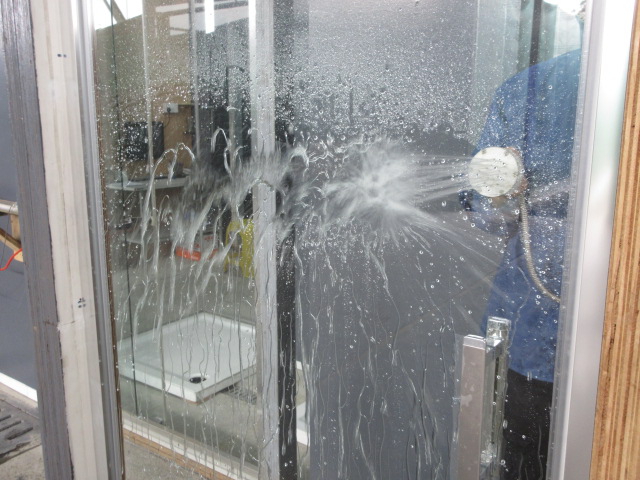





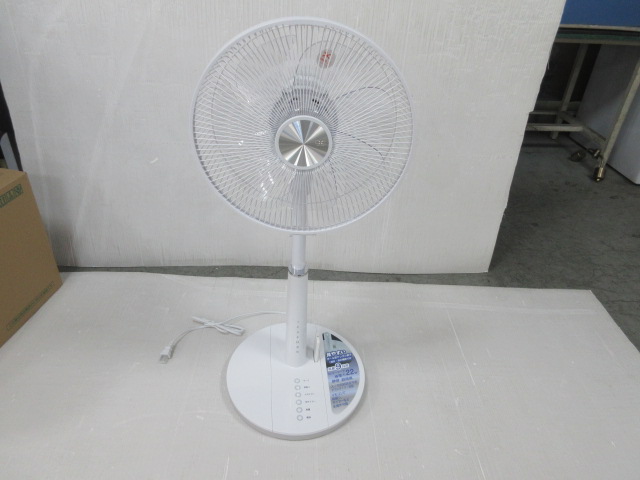 Floor fan inspection
Floor fan inspection
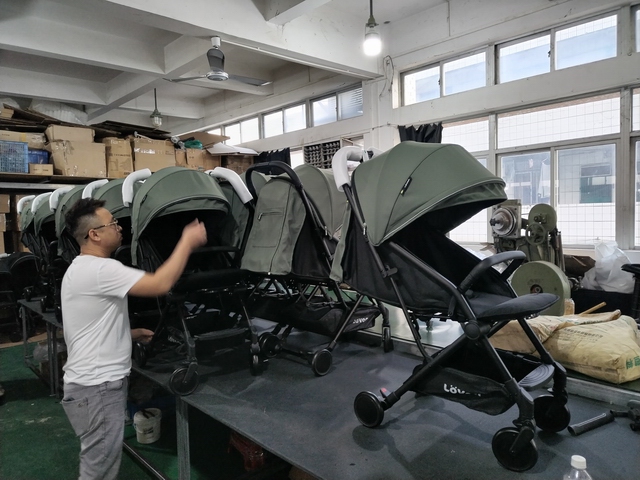 Baby stroller inspection
Baby stroller inspection
 Electronic toy inspection
Electronic toy inspection
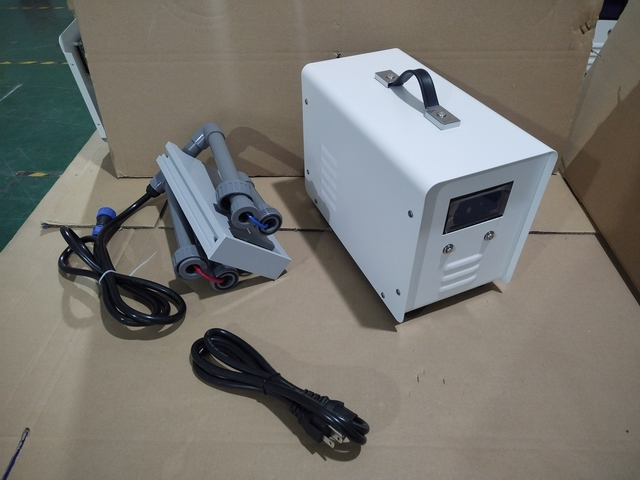 Sodium Hypochlorite Generator inspection
Sodium Hypochlorite Generator inspection